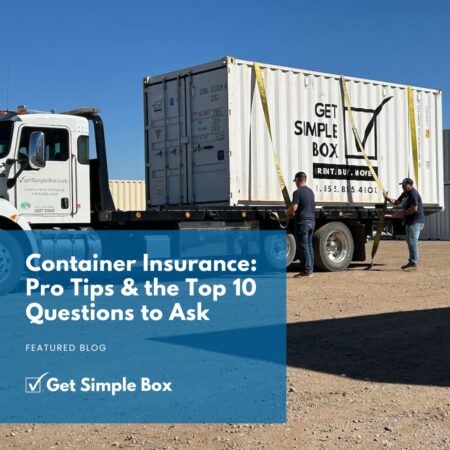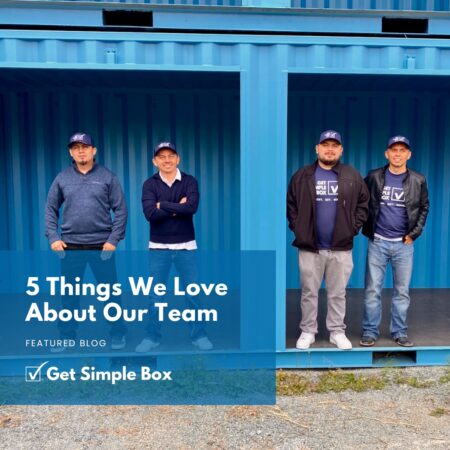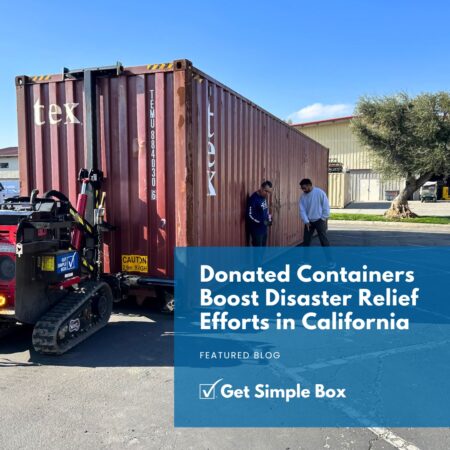Since their inception, shipping containers have transformed the shipping industry. These uniform boxes travel around the world, able to easily transport from trucks to trains to ships. The revolutionary design was inspired, but what makes shipping containers so remarkable is their basic design.
So, how does one roll of steel turn into such a dynamic, world-changing box?
The Materials
Shipping containers are primarily made from steel; the roof, floor, and walls are all made from steel paneling welded together with square tubing along the rims and corners to make it strong and secure.
Inside, the floor is covered in varnished wooden panels, creating a nice, sturdy finish whether you use your container for storage, shipment, or portable office space.
In the seams, rubber tubing is installed in order to make the shipping container completely watertight and able to withstand even the most extreme weather.
The Process
Since thousands of shipping containers are produced every day, you might think that the manufacturing process requires little human help. However, the best way to ensure that each and every container boasts the best quality, the human element is essential.
From the beginning to the last inspection, hundreds of workers lend their hands to the process. They weld the pieces together, inspect each piece to ensure it adheres to standards, and paint and add the decals themselves for an aesthetically pleasing final product.
We’ve found a fantastic video that shows the process (or check out the step-by-step process below the video).
- The shipping container starts as a large roll of steel, which is shot blasted, primed, and cut into sheets that will be used for the walls, roof, and doors.
- The sheets are primed for shaping and construction.
- A machine bends the steel into a corrugated shape for optimal strength.
- Welders put the wall panels together.
- At the same time, understructure preparation begins by welding together square tubing.
- The entire structure is assembled with the roof, and square tubing is welded to the corners and edges for both strength and protection from the elements.
- The container is primed and painted.
- Workers install a wood paneling floor.
- Door hardware is installed, including rubber tubing to make the container watertight.
- The watertightness is tested.
- Once approved, custom decals are placed on the containers, and the containers ship to their new owners.
The Finished Product
Once the shipping container is complete, the containers are labeled with an identification code so that the container can be identified through the international standards that have been put into place.
The containers will now be sent all over the world. What began as a giant roll of steel becomes a versatile box that is responsible for global trade, inexpensive housing options, temporary work spaces, and more!
Ready to Learn More About Container Deliveries?
At Get Simple Box, we ensure on-time, hassle-free delivery, so your container arrives ready for use—letting you focus on what matters most.
Share:
Related Posts

The Ultimate Guide to Container Insurance: Top Q&A and Pro Tips for Secure Storage and Moving
When it comes to storing your things or moving from place to place, container insurance might not be the first thing on your mind. But

The Heart of Get Simple Box: 5 Things We Love About Our Team
At Get Simple Box, we believe that our greatest strength isn’t our containers—it’s our people. Every day, our team shows up with humility, skill, tenacity,

6 Ways Realtors Use Portable Storage Containers to Sell Homes Faster
When it comes to selling a home, presentation is everything. Successful realtors know that the more appealing a home looks, the faster it sells—and often

Donated Containers from Get Simple Box Boost Disaster Relief Efforts in Southern California
Wildfires in Southern California have caused devastating damage, displacing thousands and creating an urgent need for relief and recovery resources. Extensive Damage: Wildfires in Southern

Why 2025 Is the Year to Open a Portable Storage Franchise
Imagine owning a business that not only thrives during economic uncertainty but also allows you to balance meaningful work with time for your family and

10 Benefits of Renting a Portable Storage Container for Home Renovations
Imagine this: You’re starting a long-awaited home renovation project. Your living room is piled high with furniture, your kitchen counters are covered in tools, and